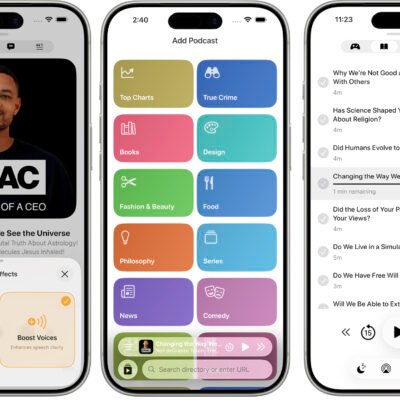June is Black Music Month, which celebrates the sounds, spirit, and soul of Black American musicians. At the Musical Instrument Museum, you can see instruments owned and played by these iconic Black artists—and many more!
Lionel Hampton’s Vibraphone
Gift of the Robert J. Ulrich and Diane Sillik Fund
This one-of-a-kind golden vibraphone was custom-made for jazz all-star Lionel Hampton in the 1930s, when he was a soloist in Benny Goodman’s early bands. Hampton received numerous awards and honors for his contributions to jazz, including the National Medal of Arts and a Grammy Lifetime Achievement Award.
Roberta Flack’s Piano
Gift of Roberta Flack
Roberta Flack’s Steinway Model A grand piano, her first professional-quality performing instrument, is displayed along with a vivid silk outfit Flack wore as part of her stage wardrobe. One of the most remarkable talents of her generation, Flack won four Grammy Awards.
J. Chenier’s Accordion
MIM Collection
J. Chenier, the son of the “King of Zydeco” Clifton Chenier, played this piano accordion with his Red Hot Louisiana Band for many years as a proud ambassador for zydeco. It is displayed with a custom rhinestone- and sequin-adorned suit that Chenier wore while performing, which the museum acquired as a gift of C. J. Chenier.
Eric Dolphy’s Alto Saxophone
Gift of the Robert J. Ulrich and Diane Sillik Fund
Influential avant-garde jazz musician Eric Dolphy played this Super Balanced Action alto saxophone for much of his career. Dolphy’s unique style impacted the work of many acclaimed jazz musicians, such as John Coltrane, and his legacy continues to influence the genre.
Sonny Terry’s Harmonicas
MIM Collection
Sonny Terry was a widely respected blues harmonica player whose distinctive southern Piedmont style was featured in historic concerts of Black music at Carnegie Hall in the late 1930s. In the early 1980s, he received a National Heritage Fellowship from the National Endowment for the Arts.
Ella Fitzgerald’s Vocal Score
Gift of The Ella Fitzgerald Charitable Foundation
Legendary jazz singer Ella Fitzgerald, known as the “First Lady of Song,” performed from this arrangement of “Tea for Two.” The score is displayed alongside a stage-worn gown, a loan courtesy of The Ella Fitzgerald Charitable Foundation. Throughout the course of her career, Fitzgerald was awarded 13 Grammys, a Lifetime Achievement Grammy, and a National Medal of Art, among many honors.
Sister Rosetta Tharpe’s Guitar
Gift of the Robert J. Ulrich and Diane Sillik Fund
Gospel musician Sister Rosetta Tharpe played this acoustic archtop guitar throughout the 1940s and into the early 1950s, when she personally established the musical formula that made her the “Godmother of Rock and Roll.” This recently acquired instrument will be on display as the historic highlight of a new MIM exhibit dedicated to gospel and soul music.
The Musical Instrument Museum is proud to represent these and other extraordinary Black musicians. These instruments are displayed with context-rich performance videos that bring their sounds and stories to life. Celebrate Black Music Month at MIM! Learn more at MIM.org.



